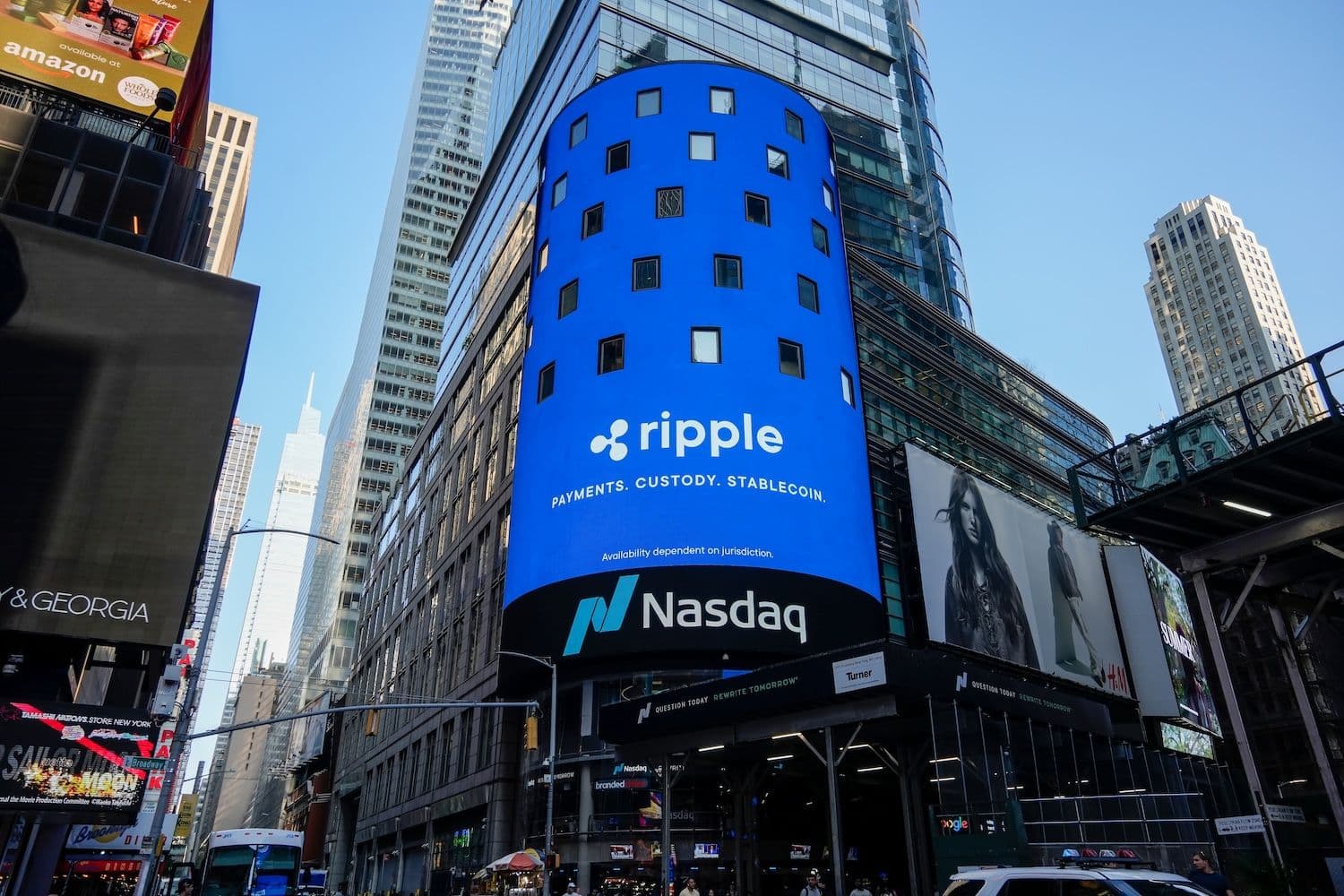Anthony Welfare, a former adviser to Ripple, has stated that the company's work on central bank digital currency projects between 2021 and 2024 directly influenced the development of the XRP Ledger's current capabilities. Welfare contends that Ripple's pivot away from public CBDC promotion does not diminish the value of those experimental years, which he says positioned the ledger to support stablecoins and cross-border digital payment systems.
What to Know:
- Ripple conducted CBDC pilot programs with Bhutan, Palau, Montenegro, and Colombia from 2021 through 2024, building infrastructure later applied to stablecoin development
- The company removed CBDC references from its website in February 2025 but launched its RLUSD stablecoin in December 2024 on both XRP Ledger and Ethereum
- Welfare argues XRP's growth depends on interoperability between CBDCs, stablecoins, and tokenized deposits across payment networks
Early Partnerships Established Technical Framework
Ripple initiated its first CBDC trials in 2021 with the governments of Bhutan and Palau. The company expanded these partnerships by 2023, adding agreements with the central banks of Montenegro and Colombia. That same year, Ripple unveiled a platform designed specifically for central bank digital currencies, constructed on the XRP Ledger architecture.
Welfare explained in a post on X that these pilot programs yielded technical insights that shaped the ledger's ability to process stablecoin transactions and digital payment formats. He maintained that the experimental phase was not wasted effort, despite Ripple's reduced emphasis on CBDC development in its current marketing materials.
The infrastructure built during this period now supports the types of digital assets gaining traction in financial markets.
Strategic Shift Reflects Market Evolution
Ripple redesigned its corporate website in February 2025, eliminating all mentions of central bank digital currencies. The change prompted speculation that the company was withdrawing from that sector entirely. Welfare disputes this interpretation, arguing that the website revision represents a shift in public messaging rather than a rejection of the underlying work.
He notes that the knowledge accumulated during the CBDC phase prepared the XRP Ledger for the current expansion in stablecoin adoption.
In December 2024, Ripple launched RLUSD, an institutional-grade stablecoin, on both the XRP Ledger and Ethereum blockchain.
The dual-chain deployment suggests Ripple is pursuing use cases beyond its native ledger.
Welfare attributes Ripple's ability to enter the stablecoin market to lessons learned during CBDC development. According to his analysis, those years established technical foundations that now support the stablecoin growth occurring across the industry.
Technical Terms and Market Context
CBDCs are digital versions of national currencies issued and controlled by central banks, distinct from cryptocurrencies like Bitcoin or stablecoins. Stablecoins are cryptocurrencies designed to maintain a fixed value, typically pegged to fiat currencies such as the U.S. dollar. Tokenized deposits represent traditional bank deposits converted into blockchain-based tokens, allowing them to move across digital payment networks.
Interoperability refers to the capacity of different blockchain systems and digital payment networks to exchange information and value. Welfare emphasizes that networks capable of connecting CBDCs, stablecoins, and tokenized deposits will have competitive advantages as digital payment systems mature.
He suggests the XRP Ledger possesses this capability due to infrastructure developed during Ripple's CBDC pilot phase.
The XRP Ledger is a decentralized blockchain that processes transactions using the XRP cryptocurrency. Ripple, the company, maintains close ties to the ledger's development while operating as a separate legal entity.
Closing Thoughts
Welfare's assessment positions Ripple's CBDC work as foundational research that enabled the company's subsequent stablecoin launch. He argues that XRP's future growth depends on the ledger's ability to facilitate transactions across multiple forms of digital money, a capability he traces directly to the technical lessons learned during central bank partnerships.

